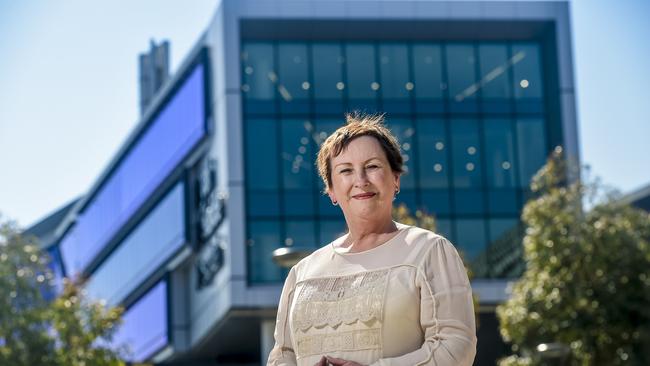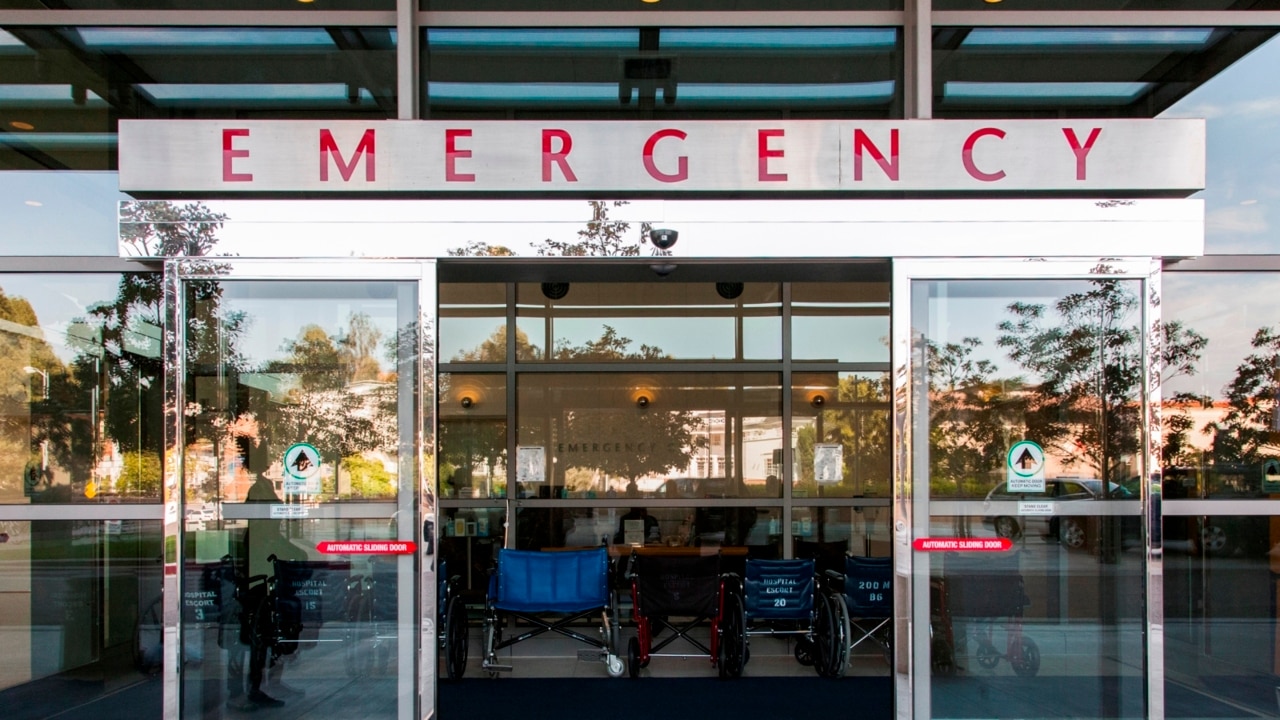More moves to free up hospital beds and ease ambulance ramping
Efforts to get long stay patients who are ready for discharge out of hospital are paying dividends as is a new RAH role to free up beds - but ramping is at record levels and EDs remain clogged.

Projects to free up hospital beds and reduce ambulance ramping are being expanded after achieving milestones.
A concerted effort to find appropriate places for long stay patients cleared for discharge has now seen 96 people in hospital beds for almost 12,000 days combined moved into other care so far this year.
The NDIS Hospital Discharge Pilot Project and the Long Stay Transition to Discharge Project have set targets to discharge another 35 patients by January 1.
The 96 patients discharged had spent a combined 11,978 days in hospital since being medically ready for discharge.
In a separate scheme which came out of the Central Adelaide Local Health Network’s Stop Ramping summit earlier this year, two new Integrated Care Co-ordinators have managed to save 1300 occupied bed days in eight months across the Royal Adelaide Hospital and Queen Elizabeth Hospital.
A third co-ordinator will now be added. The co-ordinators are a point of contact for GPs, SA Ambulance Service and other providers seeking alternative care and rapid assessment options for patients who don’t need emergency care, but who would otherwise end up at EDs.
They also work with clinicians to advise on suitable care options in the community or home care to speed discharges.

CALHN chief executive Lesley Dwyer said prior to establishing the co-ordinator role, patients who were safe for discharge or transfer to a community provider often remained in acute beds or were arriving at CALHN EDs when they did not need to.
“Helping patients to get home more quickly, and avoid hospital altogether, reduces the risk of adverse events such as falls, malnutrition, pressure injuries, and hospital-acquired infections,” she said.
“Since this position was introduced, we’ve been able to save more than 1300 occupied bed days.”
MORE NEWS
Medical staff call 25,000 Code Blacks in two years
Other efforts to ease pressure on hospitals and provide more appropriate care include three pilot schemes offering community and home care for people identified as vulnerable and likely to end up at EDs without early intervention.
There are also the four new Priority Care Centres which have seen more than 500 people in two months who would otherwise be treated in EDs for non-urgent problems.
Despite these initiatives, ambulance ramping is at record levels and hospital EDs remain chronically busy — at one stage on Tuesday the 53-capacity ED at Flinders Medical Centre was treating 79 people.
Opposition health spokesman Chris Picton accused the government of “racking, packing and stacking patients in emergency” to hide ramping figures.
“The Liberals have doubled ambulance ramping, and now appear to be moving the ramping inside the hospital rather than try to address the problem,” he said.
“I have been contacted by clinicians at Flinders at their wit’s end.”

